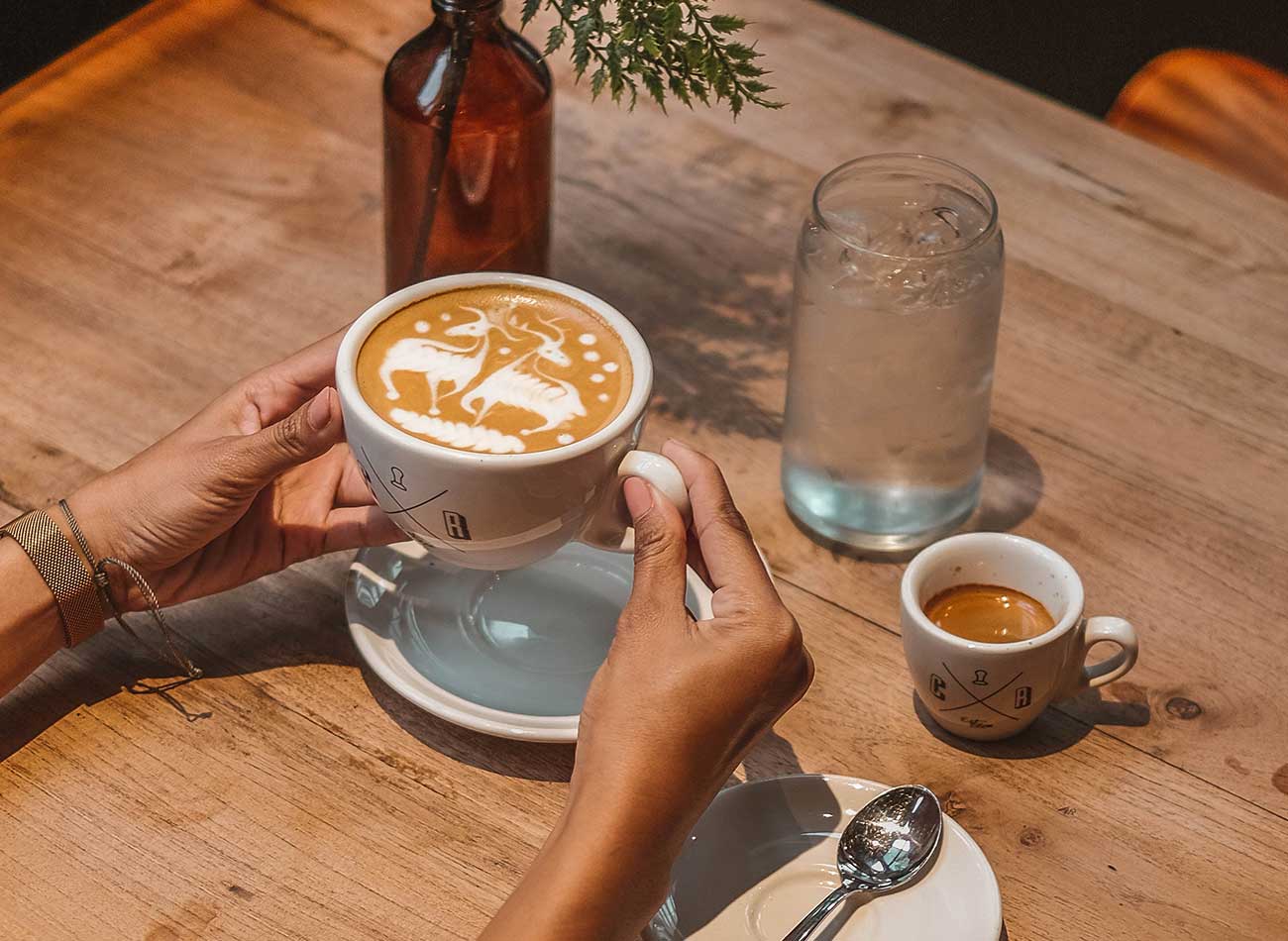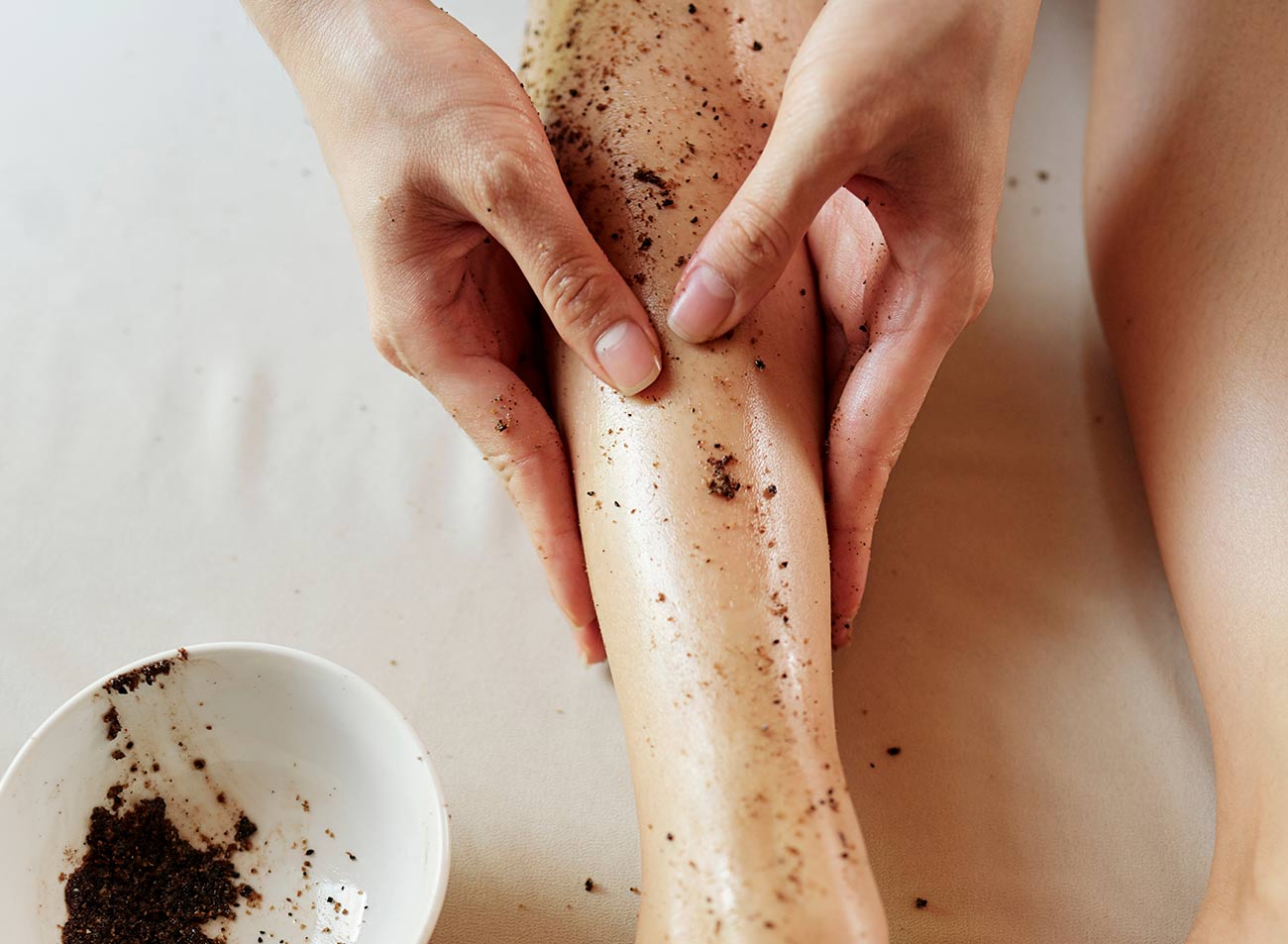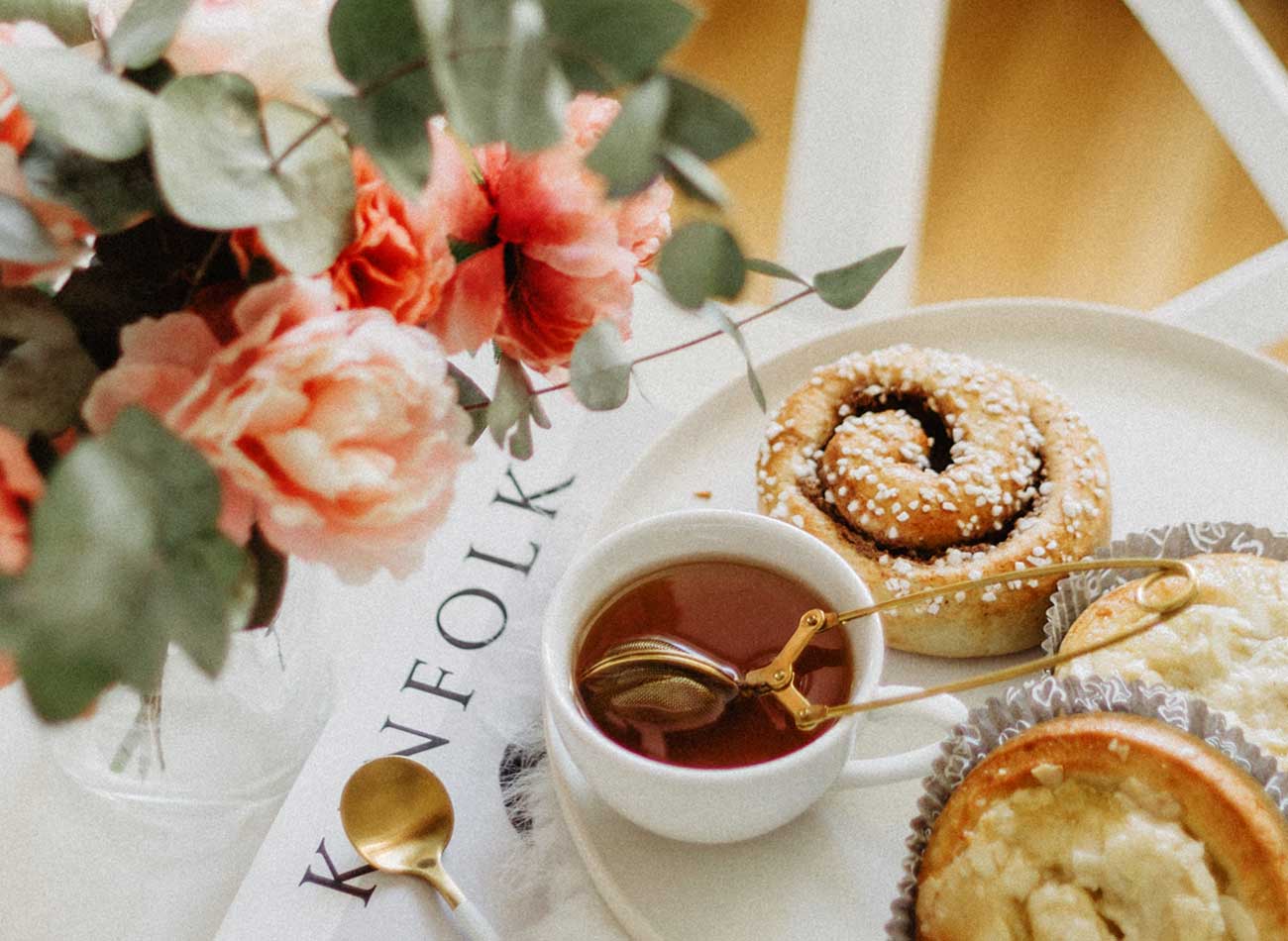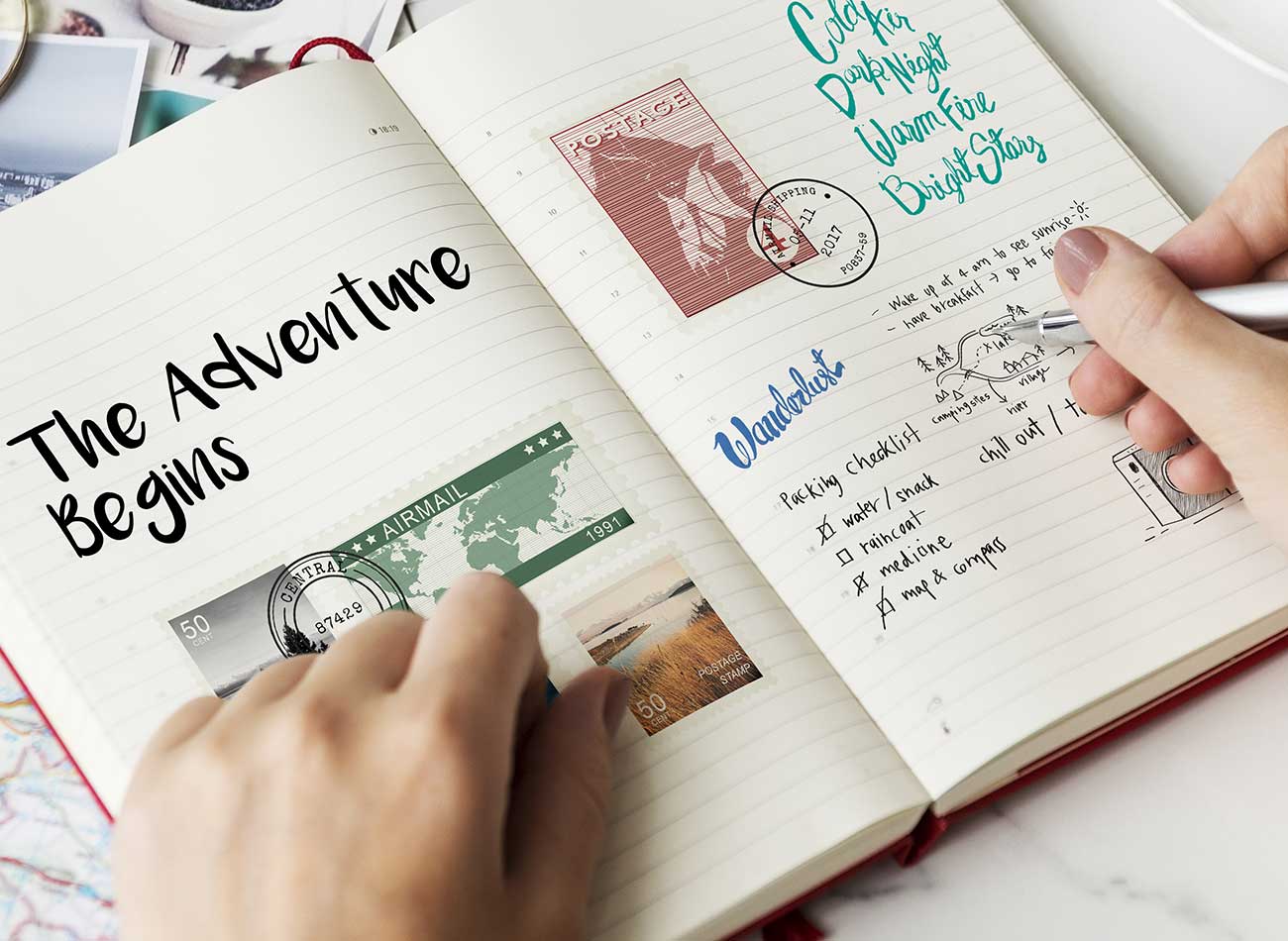Travel is a promise. It’s a whispered agreement we make with ourselves to step out of the familiar and into the unknown. But in our hyper-documented, checklist-driven world, it’s easy to mistake the act of going somewhere with the art of being somewhere. We collect destinations like stamps in a passport, rushing from one photo-op to the next, so focused on capturing the moment that we forget to actually live in it.
The result? We come home with a camera roll full of beautiful images, but a soul that feels strangely untouched. We were there, but were we present?
I believe travel can be more. It can be a practice of connection, a form of deep listening, a way to not only see the world but to see ourselves more clearly within it. It’s about shifting from the mindset of a tourist—a consumer of places—to that of a traveller: a participant in the story of a place.
Over years of wandering, from the chaotic markets of Marrakech to the silent, snow-dusted forests of Finland, I’ve developed a personal ritual. It’s a set of ten simple, intentional practices that I follow on every single trip, no matter where I am or for how long. They are my anchors, my guides, my way of ensuring that I return home not just with souvenirs, but with a renewed sense of wonder and a deeper understanding of the world.
This is not another list of packing hacks or booking tips. This is a guide to transforming your relationship with travel.

Contents
- 0.0.1 1. Learn a Handful of Local Phrases (and Use Them Timidly)
- 0.0.2 2. Arrive with a Plan, but Leave Room for Magic
- 0.0.3 3. Walk Aimlessly for at Least an Hour
- 0.0.4 4. Visit a Local Market (Preferably in the Morning)
- 0.0.5 5. Eat Something That Scares You a Little
- 0.0.6 6. Talk to a Stranger (a Shopkeeper, a Bartender, an Elder)
- 0.0.7 7. Put the Camera Down (For a Full Hour)
- 0.0.8 8. Keep a Journal—Even a Messy One
- 0.0.9 9. Buy One Souvenir with a Story
- 0.0.10 10. Find a Moment of Stillness
- 1 Are You Planning Your Next Trip? Here’s What I Use
1. Learn a Handful of Local Phrases (and Use Them Timidly)
Before my plane ever touches the ground, I make it a point to learn at least five phrases in the local language:
- Hello
- Goodbye
- Please
- Thank you
- Excuse me / I’m sorry
This isn’t about fluency. It’s about respect. In a world where we often expect everyone to speak our language, the simple act of trying—of stumbling through a greeting, of pointing to a pastry and saying “per favore” instead of “please”—is a profound gesture of humility. It communicates, “I am a guest in your home, and I honour your culture.”
You will almost certainly get it wrong. Your accent will be terrible. You might mix up “good morning” with “good evening.” And that’s the point. The goal isn’t perfection; it’s connection. I’ll never forget the stern-faced Parisian baker whose entire demeanour softened into a warm, crinkly smile when I managed a clumsy “Bonjour, une baguette, s’il vous plaît.” In that moment, I wasn’t just another tourist; I was a person making an effort.
This small act changes the entire dynamic of an interaction. It opens a door that would otherwise remain closed, turning a simple transaction into a moment of shared humanity. It’s the cheapest, most valuable souvenir you can ever acquire.
2. Arrive with a Plan, but Leave Room for Magic
I am a planner. I love the thrill of research, of poring over maps, of booking that perfect little restaurant I read about. A good plan is the scaffolding of a great trip; it ensures you see the things that drew you to a place in the first place and removes the stress of constant decision-making.
But the biggest mistake a traveller can make is to cling to their itinerary like a life raft. The best moments of travel are rarely the ones you meticulously schedule. They are the ones that happen in the spaces in between.
My rule is to plan one, maybe two, key things for each day and leave the rest of the canvas blank. This creates a structure, a direction for the day, but it also invites serendipity. It’s the freedom to follow the sound of distant music down a cobblestone alley, to spend three hours in a tiny bookstore you stumbled upon, or to accept an invitation for a cup of tea from a shopkeeper.
I once had a whole afternoon in Lisbon planned around visiting a famous museum. But on my way, I was drawn into a tiny, family-run tile shop. I started talking to the elderly owner, and he spent the next two hours showing me his grandfather’s tools, explaining the history of each pattern, and telling me the story of his family. I never made it to the museum. But I left with a story that I will carry with me forever. That is the magic you can’t schedule. Your plan is your map, but your curiosity should be your compass.

3. Walk Aimlessly for at Least an Hour
There is no better way to understand the soul of a city than to get lost in it on foot. Every time I arrive in a new place, one of my first rituals is to pick a direction and just walk, with no destination in mind.
This is when a city reveals its secrets. When you’re rushing from Point A to Point B, you see the landmarks. When you’re walking aimlessly, you see life. You notice the texture of the ancient doors, the way the laundry is hung between buildings, and the smell of garlic and olive oil wafting from an open window. You hear the rhythm of the city—the chatter from a local café, the distant peal of church bells, the laughter of children playing in a hidden square.
This practice pulls you out of the guidebook and into the real, breathing world. It’s a form of meditation, a way of being fully present in your surroundings. You start to see the city not as a collection of sights, but as a living, breathing organism. You begin to understand its layout, its personality, its pulse. Some of my most cherished travel memories are of things I saw on these walks: an old man meticulously watering his single flower box in Rome, a group of friends playing chess in a park in Budapest, a cat napping on a sun-drenched windowsill in Kyoto. These are the details that give a place its colour, and you can only find them when you’re not looking for anything at all.
4. Visit a Local Market (Preferably in the Morning)
If you want to find the beating heart of a community, go to its local market. This is where life happens, in all its vibrant, chaotic, and delicious glory. I make it a point to go early in the morning, when the market is at its most authentic—filled with locals doing their daily shopping, not just tourists.

A market is a feast for the senses. It’s the sight of pyramids of colourful spices, mountains of glistening olives, and produce so fresh it still has the morning dew on it. It’s the sound of vendors calling out their prices, the friendly haggling between neighbours, the sizzle of street food being cooked to order. It’s the smell of fresh-baked bread, fragrant flowers, and pungent cheeses.
This is where you learn about the culture through its food. What vegetables are in season? What is the local speciality? What do people eat every day? I love to buy a piece of fruit I’ve never seen before, or a local pastry, and eat it right there, leaning against a wall and just watching the world go by. It’s a direct, tangible way to taste the essence of a place. It’s a reminder that food is more than sustenance; it’s history, community, and celebration.
5. Eat Something That Scares You a Little
I’m not talking about eating something dangerous or unhygienic. I’m talking about stepping outside your culinary comfort zone. Food is one of the most direct and intimate ways to experience a new culture, and playing it safe is a missed opportunity.
Every trip, I make a promise to myself to try at least one dish that feels unfamiliar or intimidating. It might be the notoriously pungent durian fruit in Southeast Asia, the haggis in Scotland, or simply a cheese in France that smells far stronger than anything I’m used to.
Ordering that dish is an act of trust. It’s a way of saying, “I am open to your way of life.” More often than not, you’ll be rewarded with a delicious and memorable experience. And even if you don’t love it, you’ll have a fantastic story to tell. That meal becomes a landmark in your memory, a moment of bravery and curiosity. It’s a reminder that travel is about expanding your palate, and by extension, your perspective.
6. Talk to a Stranger (a Shopkeeper, a Bartender, an Elder)
You can read every history book and visit every museum, but the true stories of a place live inside its people. The most valuable travel information and the most cherished memories often come from the unplanned conversations you have with the people you meet along the way.

Make it a small mission each day to have a real conversation with a local. It doesn’t have to be a deep, philosophical discussion. Sit at the bar instead of a table and ask the bartender about their favourite thing to do in the city. Ask the woman selling you a scarf about the meaning of its pattern. Ask the elderly man on the park bench about the history of the neighbourhood.
People are often proud of their homes and happy to share their stories with someone who is genuinely curious. These conversations are the threads that weave you into the fabric of a place. They transform you from a passive observer into an active participant. You’ll get the best restaurant recommendations, learn about a hidden gem that’s not in any guidebook, and, most importantly, you’ll forge a human connection that transcends language and culture.
7. Put the Camera Down (For a Full Hour)
In our desire to preserve a memory, we often destroy the experience of making it. We see a beautiful sunset, and our first instinct is to view it through the 6-inch screen of our phone, tapping and swiping to get the perfect shot. We are so focused on the documentation that we miss the actual event.
This is why I have a strict rule: every day, for at least one full, uninterrupted hour, I put my camera and my phone away. Completely out of sight. I often choose to do this during what I anticipate will be a highlight of the day—like arriving at the Grand Canyon, watching the sunset over the ocean, or sitting in a magnificent cathedral.
During this hour, my only job is to be present. To see with my own eyes, not through a lens. To notice the changing colours of the light, the feeling of the breeze on my skin, and the sounds around me. It’s amazing what you absorb when you’re not distracted by the pressure to capture. You create a memory that is burned into your mind, a rich, multi-sensory experience that no photograph can ever replicate. The photo lasts longer, but the feeling you get from being truly present is what will sustain you for years to come.
8. Keep a Journal—Even a Messy One

A camera captures what a place looks like. A journal captures what it feels like. At the end of each day, I take 15 minutes to write. This is not a detailed, “Dear Diary” account of my itinerary. It’s a messy, impressionistic collection of moments
I write down snippets of conversations I overheard. I describe the taste of the coffee I had that morning. I write about a particular quality of light, a strange smell, a feeling that washed over me while I was sitting on a park bench. I jot down the things that surprised me, the things that challenged me, and the things that made me laugh.
This practice does two things. First, it forces you to pay closer attention to your day, to look for the small details worth remembering. Second, it creates a souvenir that is infinitely more valuable than any trinket. Years later, reading those entries will transport you back to that exact moment in time. You won’t just remember that you went to Paris; you’ll remember the feeling of walking along the Seine at dusk, the taste of your first real croissant, and the specific shade of blue in the sky.
9. Buy One Souvenir with a Story
Early in my travels, I used to accumulate bags of cheap, mass-produced souvenirs—keychains, t-shirts, snow globes. They would end up in a drawer, their meaning fading as soon as I got home.
Now, I have a rule: on each trip, I allow myself to buy only one significant souvenir. And it must have a story. It might be a hand-painted ceramic bowl that I bought directly from the artisan who made it. It might be a vintage map from a dusty old bookstore. It might be a wool blanket from a small, family-run shop in the mountains.
The object itself is secondary to the story of how I acquired it. It’s a physical reminder of a human connection, a moment of discovery. When I look at that object in my home, I’m not just reminded of a place; I’m reminded of the conversation I had with the artist, the smell of the old bookshop, the feeling of the mountain air. It transforms a simple object into a vessel of memory.
10. Find a Moment of Stillness
Travel is often a whirlwind of activity. We rush from museums to monuments, from trains to planes, in a constant state of motion. But the most profound moments of travel often happen when we stop moving.
Every single day, I make it a point to find at least 15 minutes of absolute stillness. I’ll find a quiet bench in a park, a deserted corner of a church, or a spot with a view, and I will simply sit. I don’t read. I don’t listen to music. I don’t scroll through my phone.
I just sit. And I breathe. And I let the experience of the day wash over me.
This is the moment of integration. It’s when the chaotic, beautiful, and overwhelming inputs of travel begin to settle. It’s in these quiet moments that a place truly seeps into your soul. It’s when you move beyond observing a place and begin to truly feel it. This small act of stillness is what allows the journey to change you, long after you’ve returned home.
Travel is a gift. It’s a privilege. And by approaching it with intention, presence, and curiosity, we can transform it from a simple vacation into one of the most enriching and transformative practices of our lives.
Are You Planning Your Next Trip? Here’s What I Use
These are the tools I rely on to make every trip smoother, safer, and more meaningful. If you use the links below, I may earn a small commission at no extra cost to you. Thank you for supporting this blog and my journey as a full-time traveller 💜
1. Learn the Local Language
I use Babbel to practice Spanish, French, and Portuguese while travelling. The app makes it so easy to learn useful phrases on the go.
2. Travel Insurance is a Must
I never leave home without SafetyWing — they’re affordable and ideal for frequent travellers or digital nomads.
3. Book Your Tours & Experiences
For unique local tours and must-see experiences, I use:
→ Viator
→ Get Your Guide
4. Always Stay Connected
No matter where I go, Keepgo helps me stay connected with international data SIMs and eSIMs that actually work. A lifesaver when Wi-Fi fails!
5. Organise Your Itinerary
I use Tripsy to plan and store my itineraries, documents, and bookings in one clean app. It’s perfect for keeping track of everything in one place.
Until next time, travel softly,
Destiny 💜